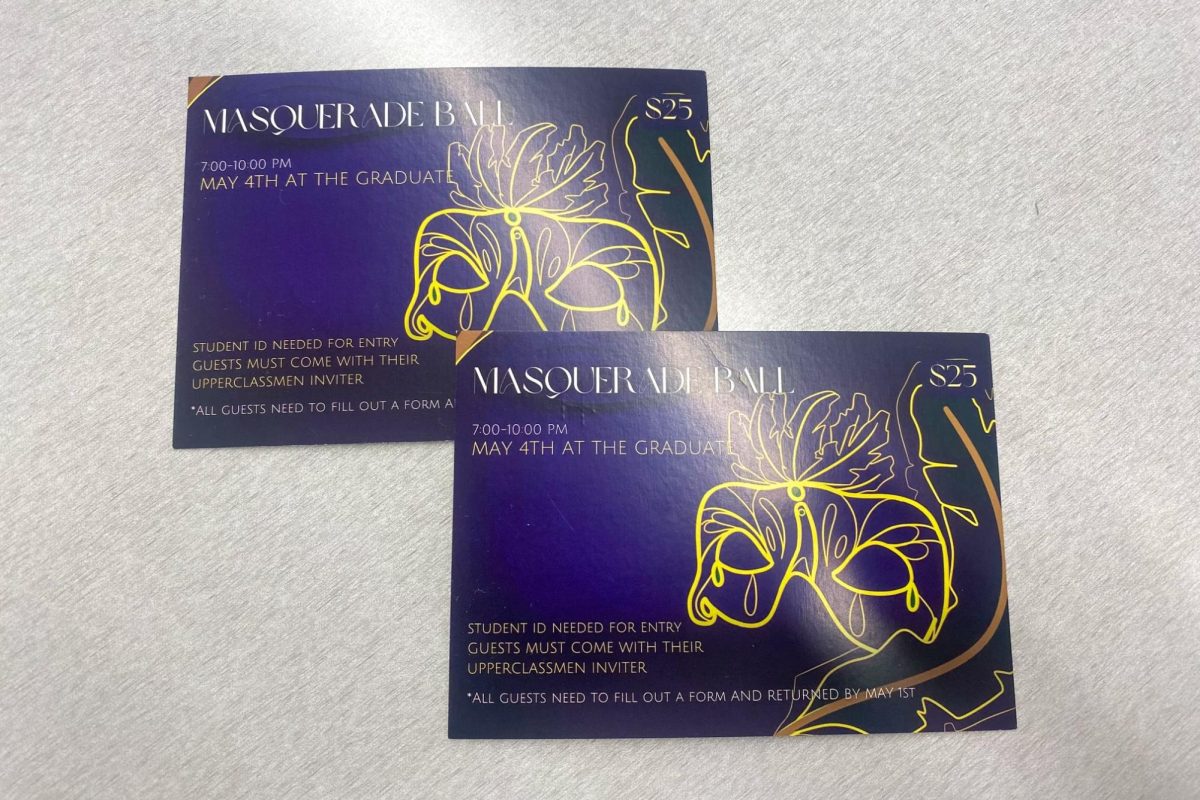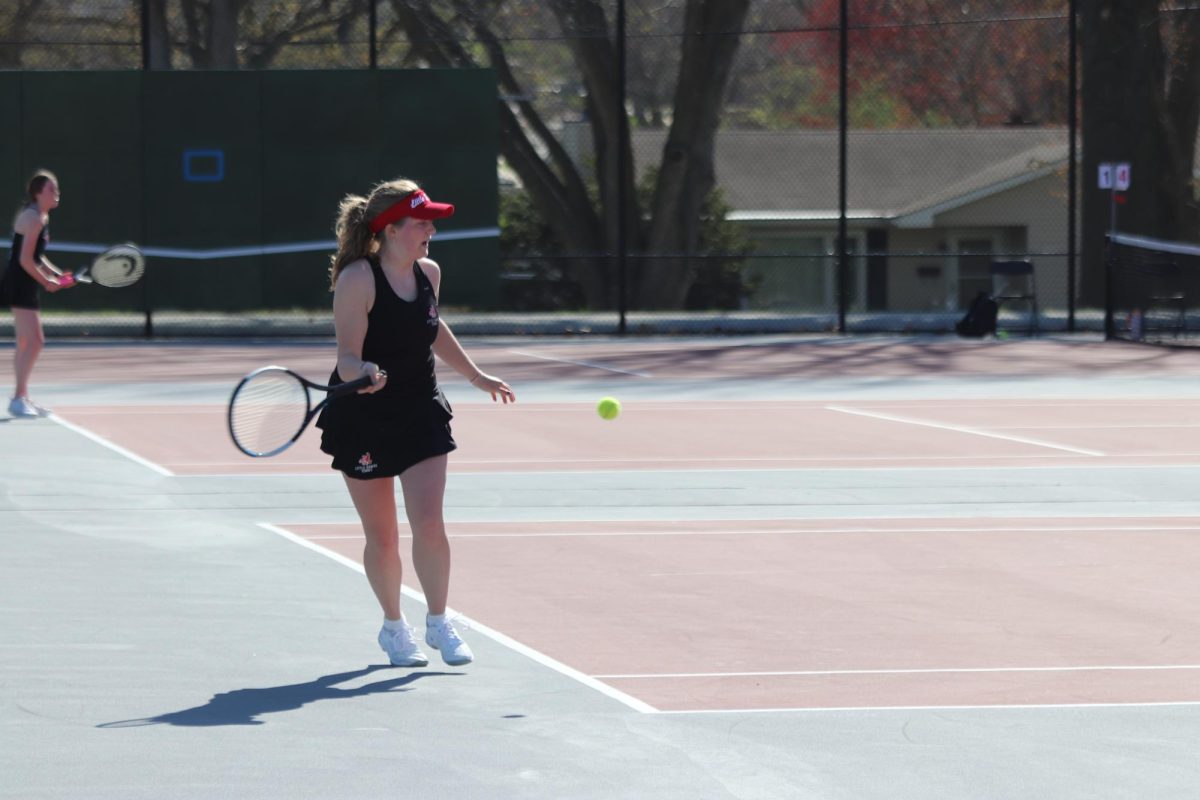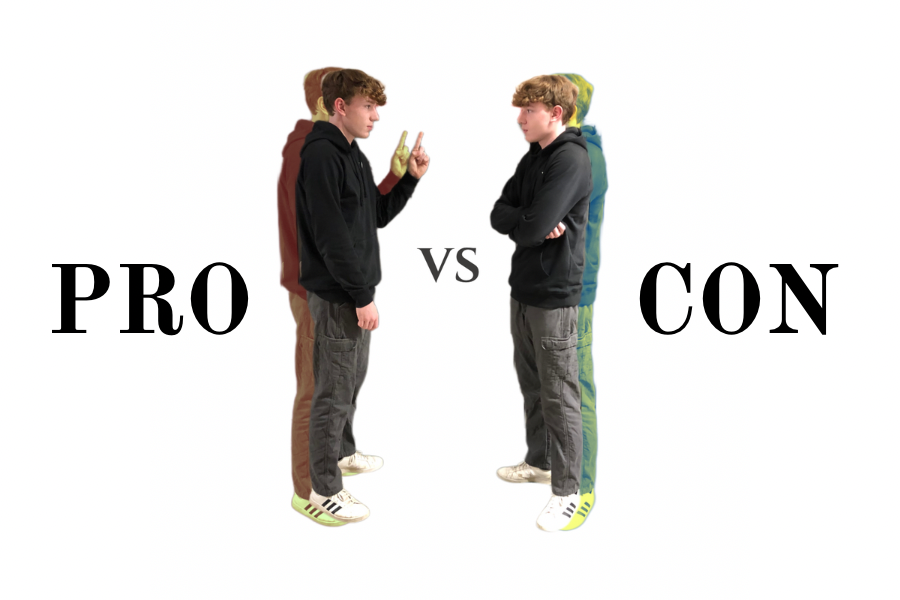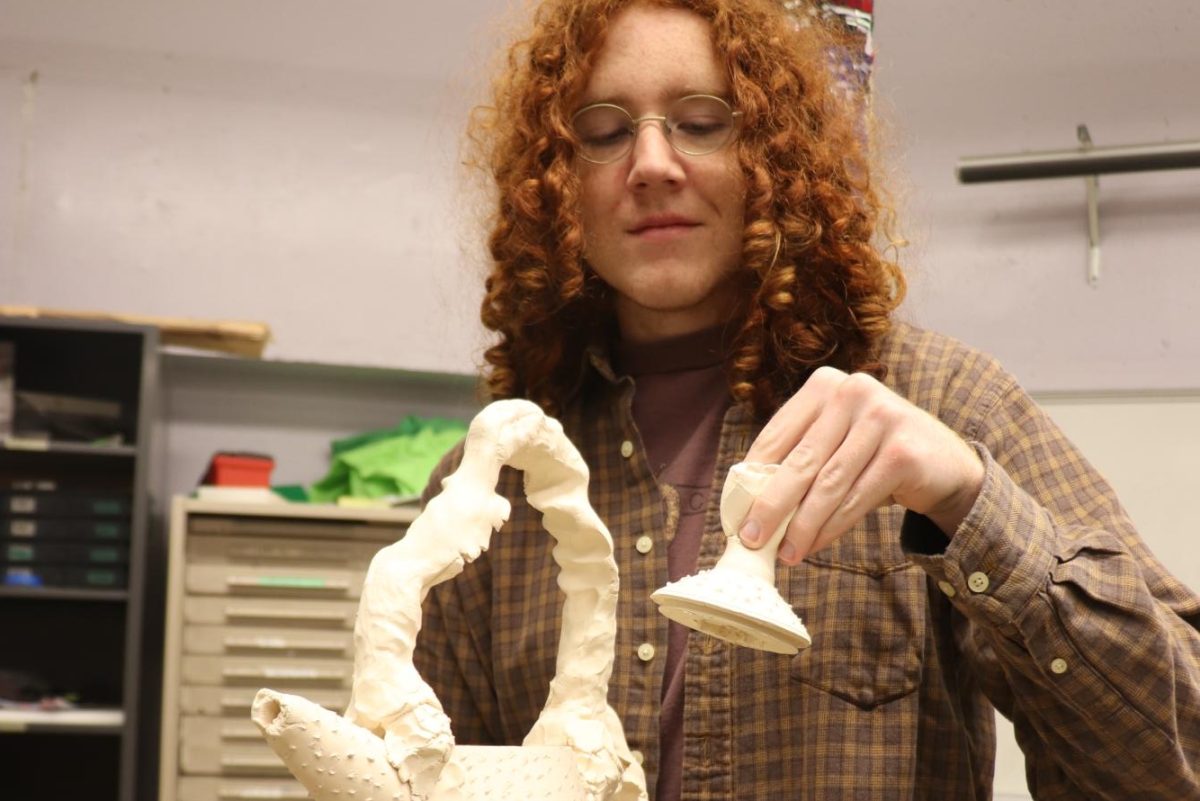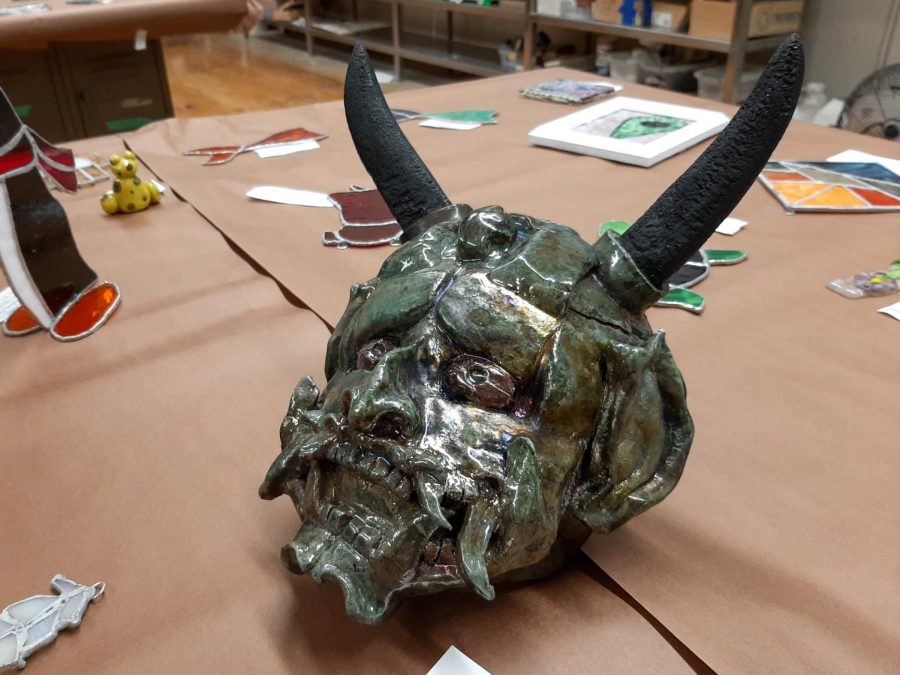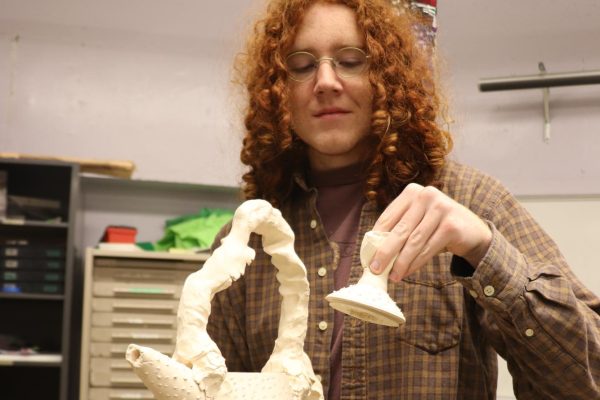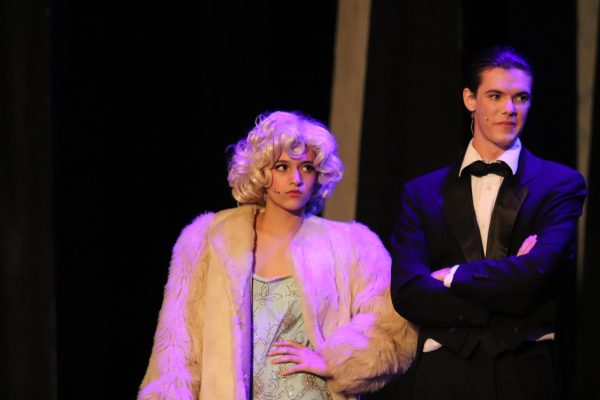Students Try Out a New Ceramics Art Technique Using Raku Firing
Ceramics students experience a new art technique in which clay sculptures are rapidly burned in a fire, producing a unique effect unattainable by the electrical kiln
November 29, 2021
Producing a metallic, crackled appearance, ceramics class students worked on an art project unlike any other they had done during the first trimester of this school year. Different from most clays, the ceramic sculptures were baked through a rapid firing process called raku, involving placing the clay into fuming flames.
“[The technique creates] a finish that you can’t get any other way,” Michael Close, one of the art teachers who fired the clay, said. “It’s so cool. It’s just a nice thing to share because there are all these different ways to fire clay and the glazes, you can do it in the electric kiln like how it’s always been done, you can do it with raku, you can have a wood-burning kiln, you can make a hole in the ground and have a fire… The raku is just one of those things that we can actually do at school.”
While the typical process for baking clay is through the use of an electric kiln, raku is done through a more dangerous and tedious process performed outdoors. After the clay is glazed, it is placed in a kiln fired by propane torches. Blasting flames engulf the clay and burn it just until its molten state, from which the red-hot clay is removed.
“[Raku] creates these funky effects in the glazes, and they’re formulated to become metallic glazes or to crackle and absorb smoke through the clay pores. It’s pretty intense and you just can’t do any of that with an indoor kiln,” Dan Peterson, another art teacher, said.
Creating ceramics using the raku method has provided students with artistic opportunities previously untaught at City High.
“I really liked it,” Geneva Bristow ‘22 said after having fired her clay in ceramics class. “I’m sure lots of people would like to try [raku] because it’s not that different from regular clay, but I think that it’s overall cooler and the way that the clay came out being just a little bit burnt was kind of cool.”
Baking the ceramics using this outdoor fired kiln produces characteristics unattainable by the indoor kiln. The key difference lies in the rapid heating caused by the fire, which cuts down the baking time from over a dozen hours to less than one hour. This rapid succession of heat burns the clay and causes the glazes to create a metallic, crackled appearance.
One of the most difficult challenges of raku for the art teachers was not the clay firing itself, but rather the construction and preparation of the kiln. Peterson and Close began planning for the project during the last school year, creating a prototype kiln and doing research. Everything from the air circulation to the internal temperature needed to be monitored.
“The physics are tricky. If you get them wrong, they’re a pain to go back and fix because you’re cementing things into place inside of the kiln,” Peterson said.
Having had a successful raku firing this fall, the art teachers hope to bring back the technique every year, or even every trimester.
“The neatest thing is watching somebody take their piece and clean it off [from the soot], and those sheen and metallic colors start showing and you see the look on their face,” Close said. “It’s like, ‘Oh, this is awesome.’”





